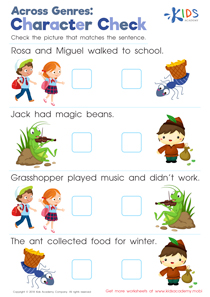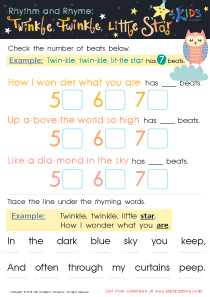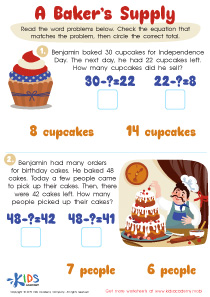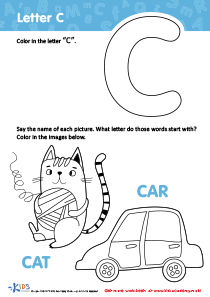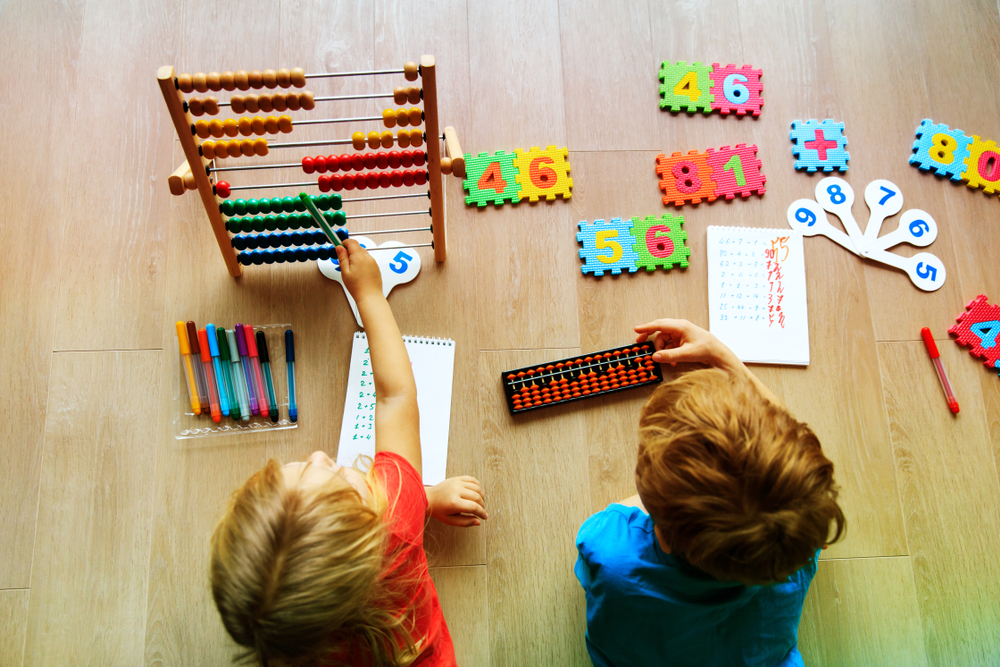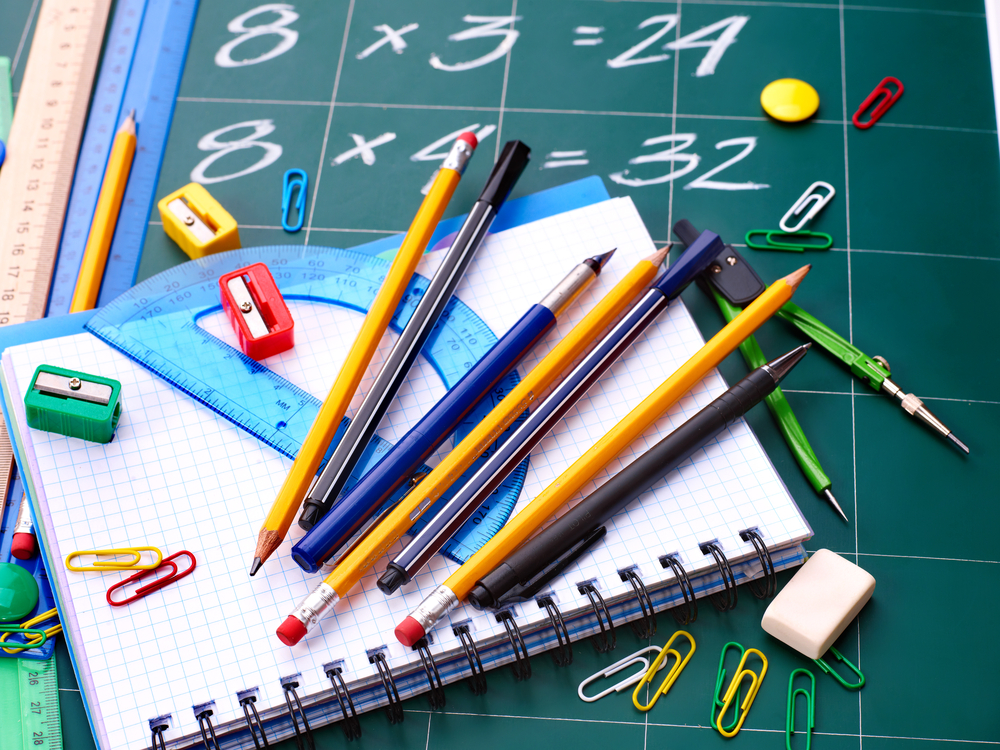Normal 2D and 3D Shapes Quizzes for 6-Year-Olds
2 results
2 filtered results
Clear all filters2 filtered results
-
From - To
Dive into the world of geometry with our Normal interactive assessment quizzes, meticulously designed for 6-Year-Olds! These quizzes focus on Normal 2D and 3D Shapes, making them a perfect tool for young learners to explore the realm of geometry in a fun and engaging way. Children will get to identify, differentiate, and understand the properties of various shapes through interactive questions and instant feedback. Our quizzes not only check their existing knowledge but also enhance their understanding of Normal 2D and 3D Shapes. Get ready to embark on a geometric adventure that makes learning both exciting and enriching for your 6-year-old!
In the colorful and ever-evolving world of education, the introduction of Normal 2D and 3D Shapes for 6-Year-Olds through interactive quizzes has been a game-changer. These educational tools are not just designed to engage children but also to embed a deep understanding of basic geometrical concepts that are crucial for their academic and cognitive development. This innovative approach to learning shapes offers a plethora of benefits that make these quizzes a valuable resource for young learners.
Firstly, understanding Normal 2D and 3D Shapes is foundational for 6-year-olds as it not only aligns with their curriculum but also with their everyday interactions with the environment around them. From the square windows they gaze out of to the spherical balls they play with, shapes are everywhere. The interactive quizzes make the connection between these everyday objects and their geometrical counterparts, making learning both relevant and fun.
The quizzes are carefully designed to cater to the learning needs of 6-year-olds, incorporating vibrant visuals, engaging animations, and stimulating challenges that capture their attention. This interactive element is crucial, as it transforms learning from a passive to an active process. Children are not merely memorizing shapes; they are exploring, discovering, and applying their knowledge in various contexts. This active engagement enhances memory retention and encourages children to think critically and solve problems creatively.
Moreover, the Normal 2D and 3D Shapes quizzes for 6-Year-Olds are structured to provide instant feedback. This is instrumental in learning, as it allows children to understand their mistakes and learn from them immediately. Such feedback loops also boost confidence and motivate learners to keep trying until they succeed, fostering a growth mindset from a young age.
Another significant advantage of these quizzes is their accessibility. With the digitalization of education, resources like these allow children to learn anytime and anywhere. This flexibility ensures that learning can be tailored to each child's pace, accommodating different learning styles and needs. Whether in a classroom setting or at home, these quizzes provide a consistent and reliable learning tool that parents and educators can rely on.
Furthermore, these interactive quizzes also play a vital role in developing spatial awareness and geometric reasoning among 6-year-olds. As they interact with different shapes, rotate them, and fit them into spaces, they develop a deeper understanding of spatial relationships and geometry's practical applications. This not only prepares them for more complex mathematical concepts in the future but also enhances their problem-solving skills in real-life situations.
In conclusion, the Normal 2D and 3D Shapes interactive quizzes for 6-Year-Olds are a valuable educational resource that supports children's learning in a fun, engaging, and effective manner. By integrating these quizzes into their study routines, children can build a strong foundation in geometry that will benefit them throughout their academic journey and beyond. These quizzes exemplify how innovative educational tools can transform learning, making it a delightful experience that kindles curiosity, fosters understanding, and cultivates a love for learning from a young age.
